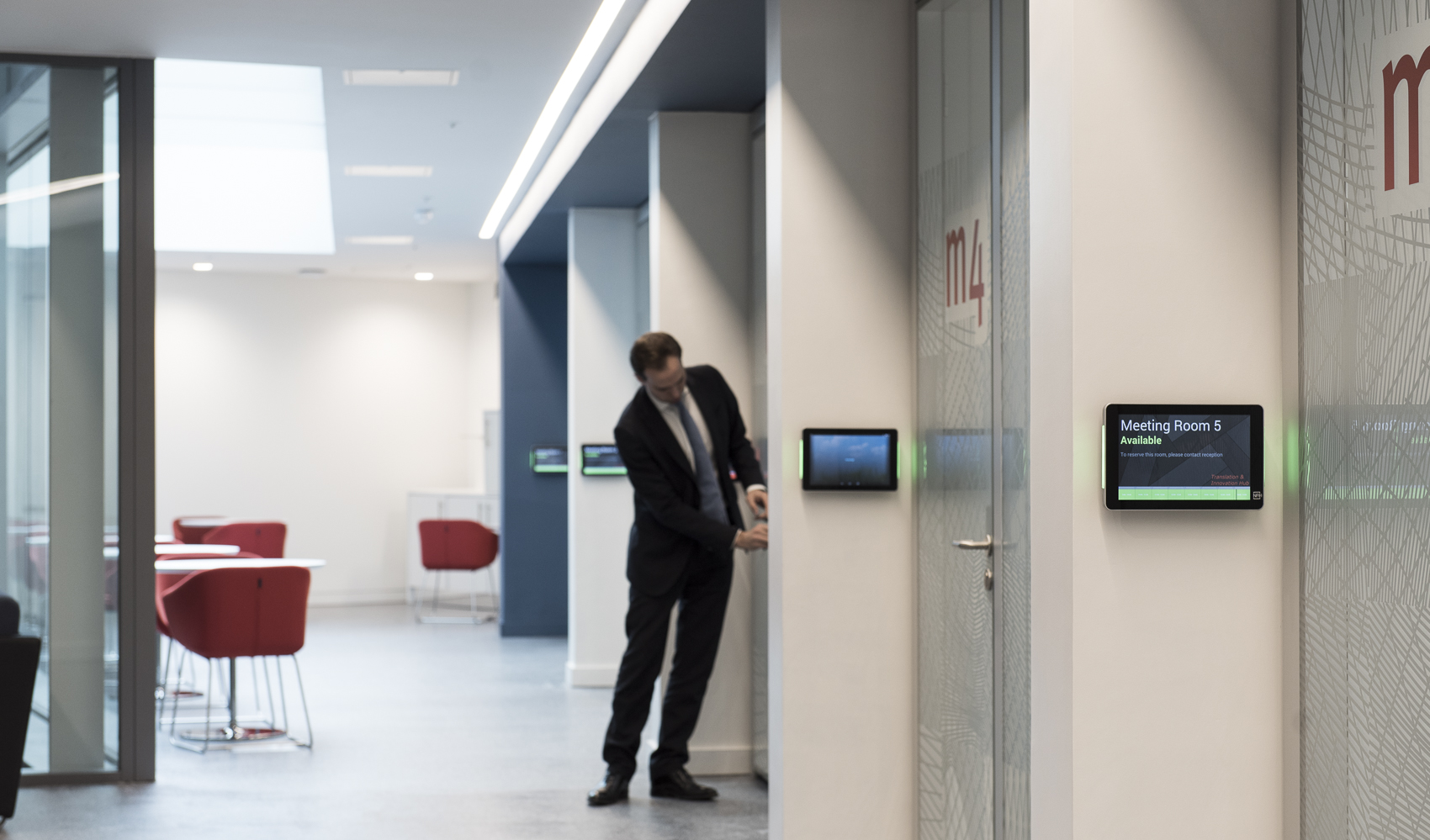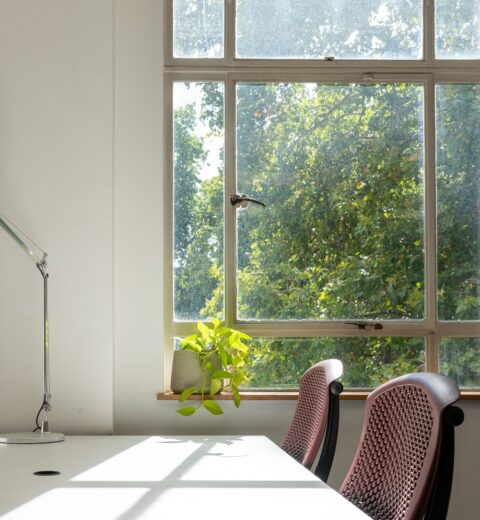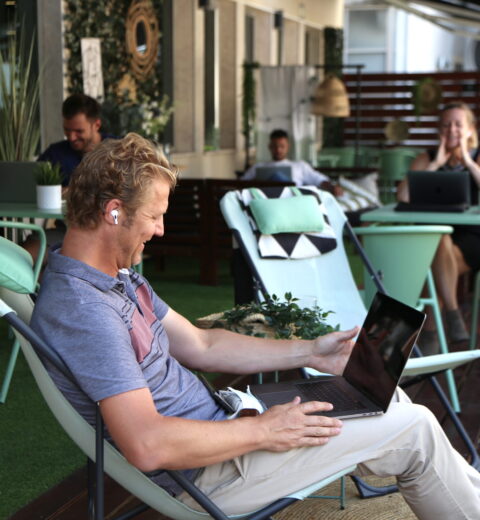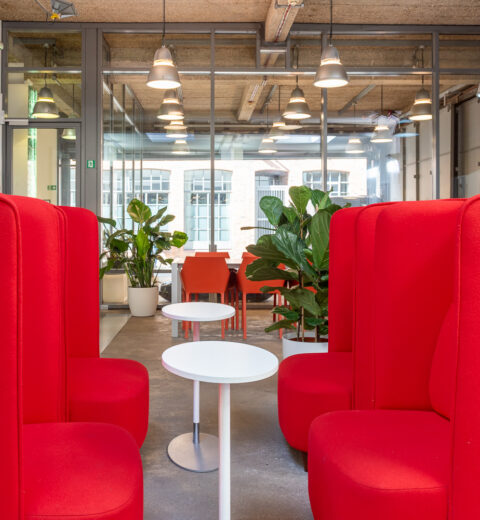The New Hub for Deep Science, Innovation and Entrepreneurship :: An Interview with James Sheppard @ Imperial White City Incubator and I-HUB
Week 27 – London. This week we have travelled to White City to explore the ambitious development of Imperial College London’s White City Campus and learn about the Imperial White City Incubator and the translation and innovation hub, I-HUB. This interview with Marketing & Community Manager James Sheppard gives you an insight into the history and growth of this deep science, innovation, and entrepreneurship hub in West London.
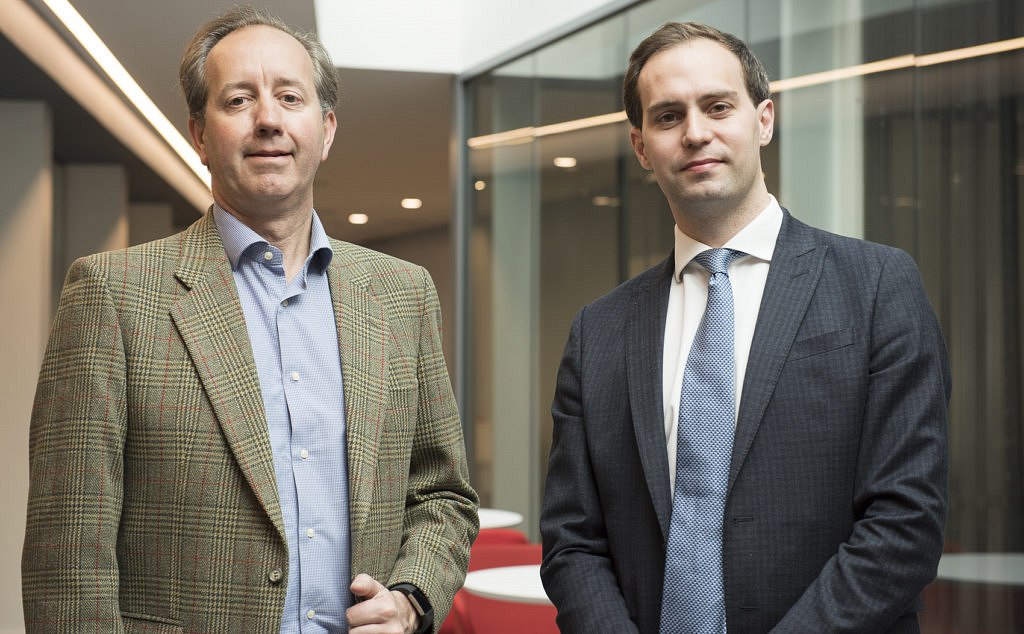
James, can you tell us a bit more about the background of the I-Hub and the incubator?
I can start with the very big picture: The Imperial White City Campus is split into two parts. We are located on the north side of the campus, which is going to be the area focused on health and wellbeing on campus. The other side is being developed over the next 10-15 years. In fact, we are the first building that has opened and the I-Hub is a little different from the rest of the buildings on campus because we will not have any academic research based here. It is purely commercial.
The idea is that we collocate academics with industry experts, ranging from small innovative startups, which we will have here in the incubator, to larger corporates who will be based on the floors above us. The main defining factor for all the companies in the building is that they will have the opportunity to interact with Imperial College London. This could be that the business is being run by alumni and already has good networks within Imperial or a company is recruiting students from the Business School. Many companies will also have research collaborations with some of our departments at Imperial.
The i-HUB itself is split into 3 parts. First, we have the Imperial White City Incubator, which is the bottom two floors and the first part of the building that is fully open. Then there is the floor right above, which is known as grow on space and is targeting slightly larger deep science firms, who need a more permanent space. Above that, we have 8 floors of offices, that are available for bigger companies, that may take on a whole floor or multiple floors.
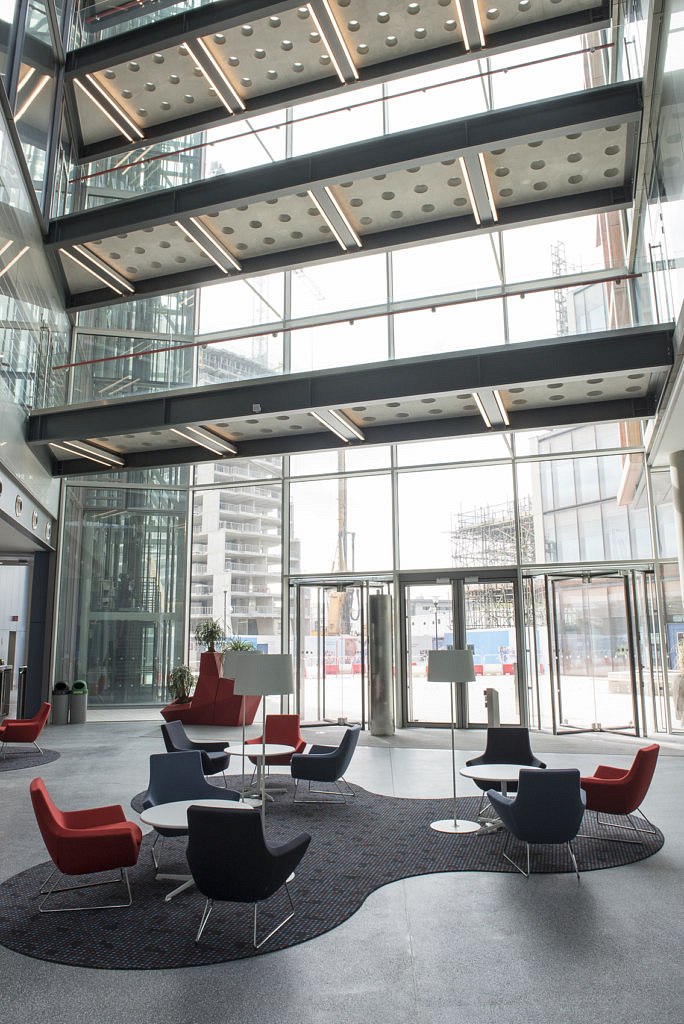
Can you tell us some more about the incubator project?
The incubator itself is run by my colleague Graham Hewson and myself. In 2006, it was started in our South Kensington location as one of the first incubators in London, particularly in the deep science field. Soon we became one of the leading incubators for Bioscience and Tech Engineering.
Originally, we were founded to provide a home to Imperial College deep science spinouts and our sole priority was to make sure that they kept their links to Imperial. After ten successful years, a lot of companies that were maturing quickly had outgrown the space and it became natural to move on. We got an opportunity to move over here in White City, which was great.
Are you still maintaining the facilities in South Kensington?
No, they are completely closed down now and the companies that were in the incubator program in South Kensington have now either moved with us or found new and bigger spaces. We worked hard to ensure that no one was left without a home or without any options.
So, that basically sums up the history of the incubator. Throughout the years, our companies have raised just over 1 billion dollars in financing, created over 800 high skilled jobs, and several notable companies have started their life with us. So the new Imperial White City Incubator is built on our ten years of success in South Kensington.
How many square meters or desks do you have?
The smallest offices are 14.5 m² and the largest is 35 m². The laboratories range from 33 m² to 88 m², so there is a good range of different sizes.
Can your members rent a mix of offices and laboratories or just one?
Yes, they can rent one lab and one office or multiples of labs and offices.
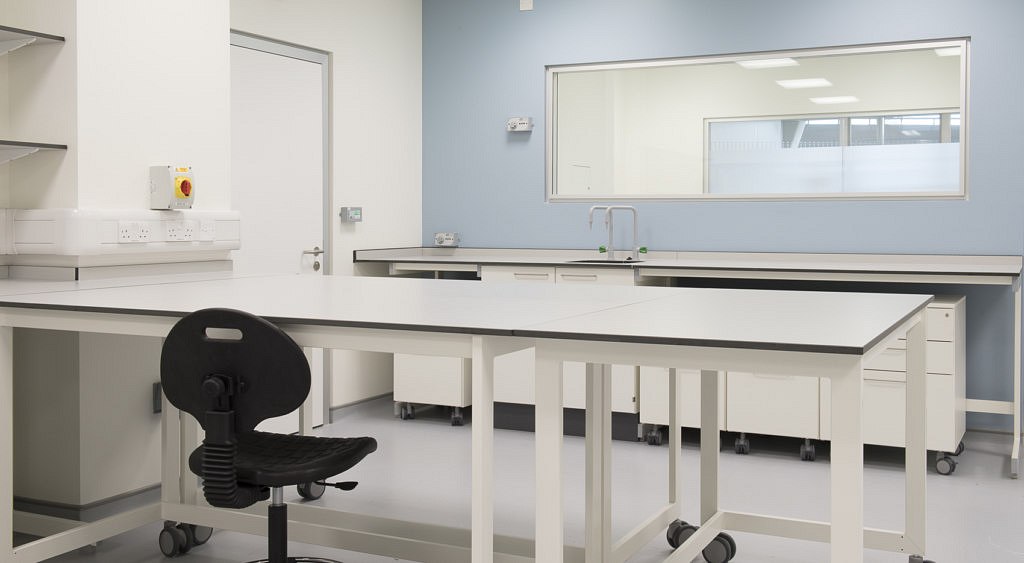
And in terms of occupiers, do you have to go through a specific process to join?
Yes, we do have a formal application process. We have the capacity for about 15 physically based companies here, but our barriers to entry are quite high.
The first part of the application process is very informal. At that point, we understand quite well if they are going to be what we are looking for. Our main criteria is that the company has to be innovative and able to prove that they are doing something different from everyone else. This sounds relatively easy to do, but in reality, some companies do fall out at this point.
After that, there is a more formal process which consists of submitting an application form, a business plan, and CVs of the directors, and we ask about the intellectual property associated with the scientific companies. We don’t ask anyone to disclose anything confidential, but to prove that they are legally allowed to use it.
At that point, we will use all the information gathered to make an internal decision about whether it is appropriate to submit the company to our board or not. The board will ultimately have the final approval. However, because we have such a comprehensive process with, most companies get approved when they reach the board.
Typically, from the date a business submits an application to the move-in date, it is about three months.
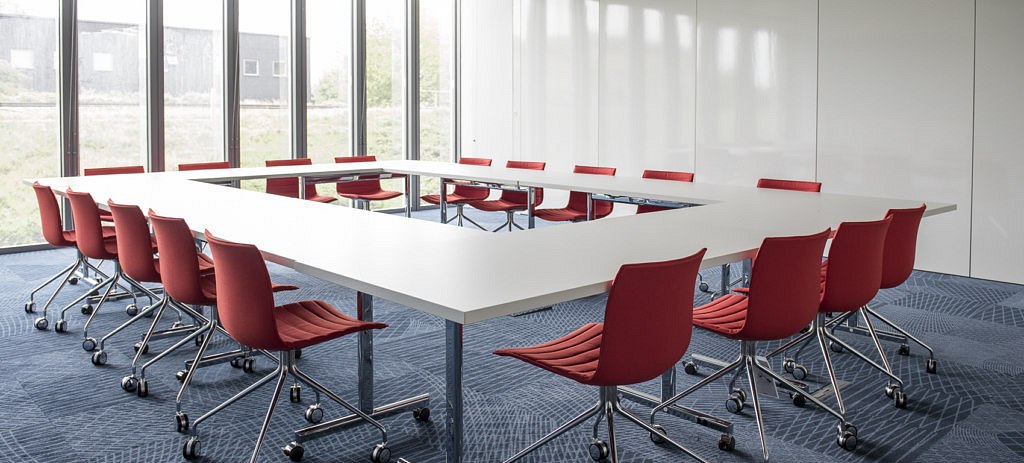
How do you cater for companies who cannot afford a full-scale laboratory?
To accommodate for a more flexible and cost-efficient space for young startups, we are creating a shared hot-desking situation in one of the labs that will function as a shared laboratoryThis means that companies can come in and rent a single laboratory bench for one month or 12 months, rather than taking on all the expenses of a whole lab themselves.
Are you one of the first ones to try that?
No, it works well in America and it has been tried outside of London, One challenge with shared labs in ensuring you have a constant flow of companies to fill the space. Here in Central London, there are a lot of companies blossoming and university and investors creating companies all the time, in which are in need of a flexible laboratory space.
When a company moves from an academic lab to a commercial lab, they often only need a small amount of space or cannot afford the expense of a full-scale commercial laboratory. We are creating these “shared-labs” in order to fill this gap in the market and focus on the new companies and their transition into commercial spaces.
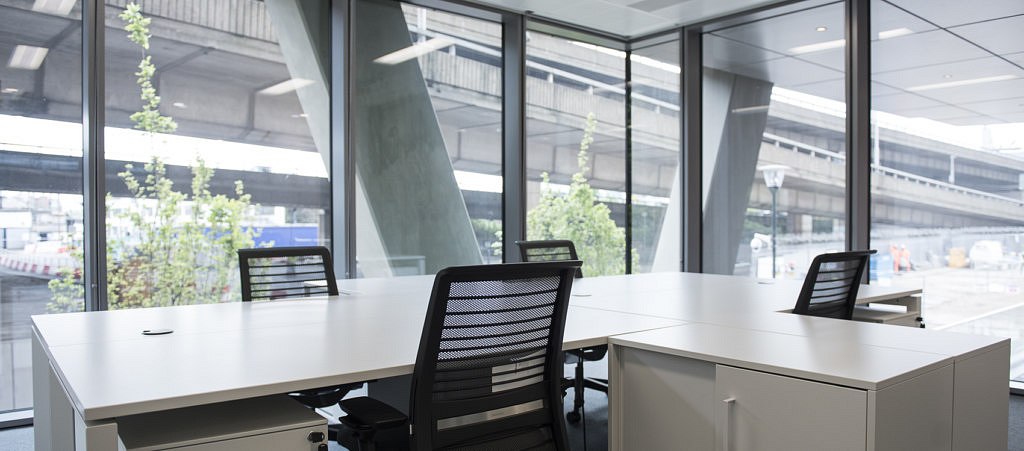
For the applicants selected, what is the value added overall?
Our value-added breaks down into four different areas. One is access to the Imperial College where we can introduce them to some of the world’s leading scientists and innovators. In addition, they would be able to recruit our Ph.D. students and MBA students, and every year we run an internship program with the business school where master students work with our startups for 3-6 months. So, access to Imperial College London is the first one.
The second is access to our investment network. We have over 200 investors who are associated with the incubator. We introduce the companies to the investors personally, and through demo days that we have every year.
The third part is the supplier network that is associated with us and consists of lawyers, bankers, accountants, designers, and whoever you need to start the process.
Finally, an important part of the value we offer is the community. Here at the incubator, we have CEOs who’ve had multiple companies and we’re surrounded by people with a huge amount of technical and commercial experience. The best thing is that everyone interacts and works together as we have created an environment where members easily ask for advice or ask for help from each other.
Do you also organise regular events for your community?
Yes! We have about three to four events per month that consist of formal series of training and learning, and informal networking. The formal workshops and training are run by my colleges or run by our external partners and focus on the development of the businesses on different levels.
Then we have the more informal networking events that are created to engage the innovators. These events include the tech funding forums and a number of digital accelerator programs we collaborate with. We also run a number of events in collaboration with our colleagues at Imperial College London
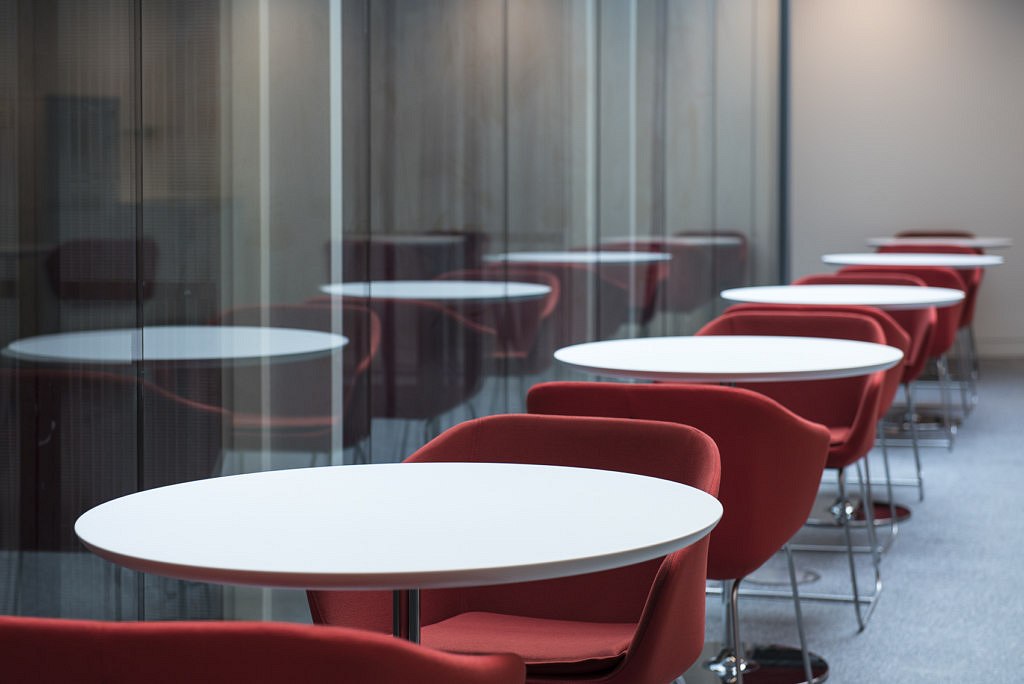
What are the main challenges and opportunities for the I-HUB in the next five years?
One big challenge is that we are still a construction site and there is no way to shy away from that. This makes it difficult to sell our space at this point because employers generally don’t want their staff walking through a building site to get to the office. However, the site is going to be at the forefront of innovation in London and Imperial College London is one of the leading universities in the world so people can look past the building site to the immense positives of being based here.
The White City area is also a challenge. It is changing on a daily basis, but there are still some negative views that make it difficult to attract people. However, we are seeing lots of work happening around us and people who are working hard to change the mentality about the area, which is positive.
On the positive side, we are seeing a lot of interest, an increase in good quality companies, and a lot of new funds being raised in the market. Also, there are new people who are willing to invest and the appetite for risk is getting greater, which could be a great opportunity for us.

